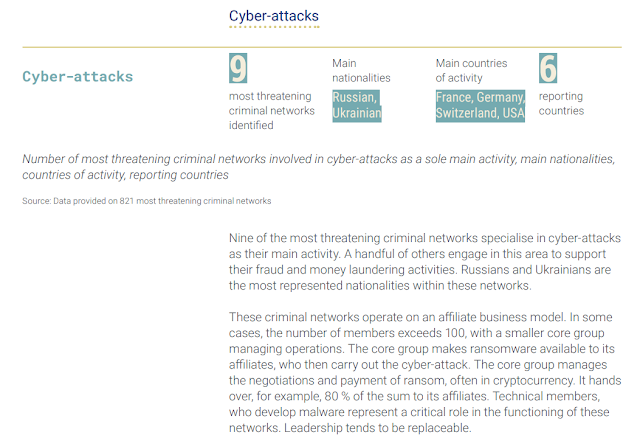In today's hybrid environments, where organizations operate a mix of on-premises and cloud infrastructure, cybersecurity teams face daunting challenges in monitoring and securing their digital assets. While both Security Information and Event Management (SIEM) and Endpoint Detection and Response (EDR) solutions play crucial roles in defending against cyber threats, understanding their respective advantages is essential for maximizing cybersecurity effectiveness. This article explores the complexities of operating SIEM in hybrid environments, introduces the EDR topic, and highlights the advantages of SIEM over EDR in this context.
Complexities of operating SIEM in hybrid environments
- Data integration challenges: Integrating security data from disparate sources across hybrid environments, including on-premises servers and cloud platforms, poses significant challenges for SIEM operations. Ensuring seamless data ingestion, normalization, and correlation across diverse environments is essential for effective threat detection and response.
- Compliance and Governance Complexity: Managing compliance requirements across hybrid environments requires robust monitoring, reporting, and auditing capabilities. SIEM solutions must support compliance with regulations spanning multiple cloud providers and geographic regions, adding complexity to governance and risk management processes. For instance: regional instances of SIEM data only for Switzerland, APAC or restricted EMEA regions poses unique challenges to data governance.
- Network Visibility: Hybrid environments encompass complex network architectures, including virtual private clouds, multi-cloud deployments, and interconnected on-premises networks. Maintaining visibility into network traffic (without incurring on high costs) and communication patterns is essential for detecting and mitigating threats effectively.
EDR solutions focus on monitoring and securing endpoints, such as desktops, laptops, servers, and mobile devices, against advanced threats and malware. EDR platforms provide real-time visibility into endpoint activities, enabling rapid detection, investigation, and response to security incidents at the endpoint level. While EDR solutions excel in endpoint-focused threat detection and response, their scope is limited compared to the broader visibility offered by SIEM.
In the dynamic landscape of hybrid environments, achieving robust cybersecurity while managing costs is paramount for organizations. One strategy to balance these priorities involves leveraging SIEM solutions over EDR, particularly by harnessing the concept of security-relevant telemetry.
Security-relevant telemetry refers to the collection of essential security data, such as logs, network traffic, and endpoint activities, that are indicative of potential threats. By focusing on telemetry that directly contributes to threat detection and response, organizations can optimize their cybersecurity investments and avoid unnecessary data collection, usually tied to compliance related activities, that may inflate costs.
Security-relevant telemetry provides contextual insight into security events and incidents, enabling more accurate threat detection and response. By correlating telemetry data across diverse sources, including on-premises servers and cloud platforms, organizations can gain a holistic view of their hybrid environment's security posture without the need for additional security tools or solutions.
SIEM solutions offer centralized visibility into security-relevant telemetry across hybrid environments, enabling organizations to monitor and analyze essential security data in real-time. By aggregating and correlating telemetry data from diverse sources, SIEM enhances threat detection capabilities while minimizing costs associated with managing multiple security tools or platforms.
Prioritizing SIEM's security-relevant telemetry over EDR allows organizations to optimize their cybersecurity investments by focusing resources on data that directly contribute to threat detection and response. By eliminating unnecessary data collection and analysis, organizations can reduce operational costs associated with managing and maintaining security tools, ultimately maximizing cost efficiency in hybrid environments.
Organizations should conduct a thorough assessment of their security telemetry needs and rationalize data collection efforts to focus on security-relevant telemetry. This involves identifying critical security data sources and configuring SIEM solutions to prioritize telemetry that aligns with threat detection and response objectives.
To maintain cost efficiency over time, organizations should continuously optimize their telemetry collection and analysis processes based on evolving cybersecurity requirements and threat landscapes. This includes refining correlation rules, adjusting data retention policies, and leveraging automation to streamline telemetry management operations.
While both SIEM and EDR solutions are essential components of a robust cybersecurity strategy, organizations operating in hybrid environments can benefit significantly from leveraging the advantages offered by SIEM over EDR. By providing centralized visibility, comprehensive threat detection, and seamless integration with cloud environments, SIEM empowers organizations to effectively monitor, detect, and respond to security threats across diverse on-premises and cloud infrastructure. As organizations continue to navigate the complexities of hybrid environments, investing in robust SIEM solutions will be essential for maximizing cybersecurity effectiveness and safeguarding against evolving threats.




































